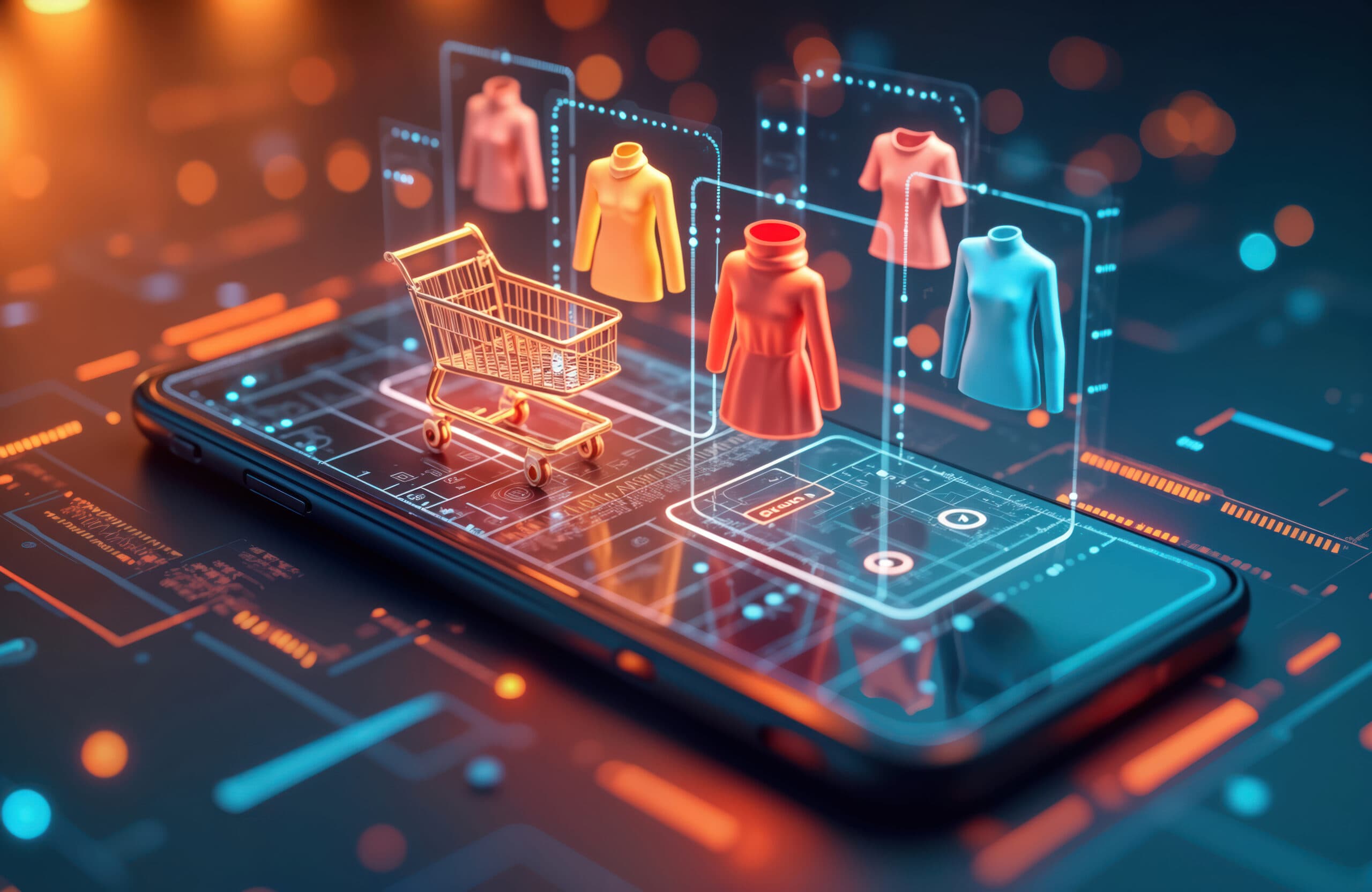
Online shopping puts millions of products at consumers' fingertips and provides convenience for selection of various choices. However, there's a risk of receiving items that don't fit or look as stylish as they had imagined. According to Snap's Global Product Marketing Lead, businesses lose up to $550 billion annually to customers returning items, and 70% of customers find it difficult to get clothes that fit. Mckinsey discovered that poor fit or style accounts for 70% of returned fashion items. On the other hand, offline shoppers can try on items before buying, resulting in higher confidence in their purchases.
The solution of this problem is Virtual Try-On (VTO). VTO is changing how people shop online. It helps customers see how clothes, accessories, or makeup will look on them—without visiting a store. All they need is a photo or camera. Behind the scenes, advanced AI and AR (Augmented Reality) make it feel real. It solves a simple but serious problem in online shopping: no try-before-you-buy. That’s why returns go up and sales go down. VTO is innovative approach includes options to virtually try on clothes, experiment with virtual makeup, and even test out virtual sunglasses. The technology replicates the in-store fitting experience using augmented reality and machine learning or AI. By virtually previewing products, shoppers gain a clearer understanding of their appearance, which helps them make more informed decisions and reduce potential regrets. Additionally, this interactive approach makes shopping more enjoyable, leading to the discovery of new products that may have otherwise gone unnoticed.
The journey of Virtual Try-On technology began with foundational developments in imaging technology and computer vision. These early innovations created the building blocks for what would become modern VTO solutions. The technology emerged from a sophisticated convergence of advanced imaging systems, computer vision algorithms and generative AI. Modern VTO systems leverage advanced facial recognition and tracking, real-time visualization and rendering, and sophisticated integration with advance generative AI models like Diffusion model for regeneration of styles and pose.
Challenges of VTO
Online shopping puts millions of products at consumers' fingertips and provides convenience for selection of various choices. However, there's a risk of receiving items that don't fit or look as stylish as they had imagined. According to Snap's Global Product Marketing Lead, businesses lose up to $550 billion annually to customers returning items, and 70% of customers find it difficult to get clothes that fit. Mckinsey discovered that poor fit or style accounts for 70% of returned fashion items. On the other hand, offline shoppers can try on items before buying, resulting in higher confidence in their purchases.
Invest in High Quality Technology
The quality of technology is the crucial part of VTO. Users expect high quality realistic virtual products that are aligned with skin colors, body shape, light condition and various poses. For niche markets like eyewear and beauty, virtual try-on technology has been widely tested and has a transformative impact. Now, we are seeing an expansion to bags, shoes and clothing but these technologies need further improvements for the wide acceptance by the users. As VTO on the user photo might not be as realistic as required some companies are giving an option to select a model similar to user for better user experience.
Low Load Time
Even the realistic technology solution that has high loading time to show the final result would not work. Users have little time to explore and discover the online items and they would not wait more than 4-6 seconds to see the final results. The company should select high quality server on the back end to provide fast and accurate VTO experience.
User Friendly Experience
Launching a successful virtual try-on experience in fashion e-commerce requires a blend of high-quality technology, user-centric design, and continuous optimization. It is important that VTO feature is visible and accessible with minimal steps and effort.
Practical Examples of VTO
Warby Parker
Warby Parker is a pioneer in using virtual try-on for eyewear, where customers can use the Warby Parker app to virtually try on different frames before buying. The app uses computer vision to analyze face shape and skin tone to create a personalized fit recommendation. This virtual glasses try-on experience extends to sunglasses as well, offering a comprehensive virtual sunglasses try-on option.
Zalando
Zanlando introduced a virtual fitting room for customers. Their solution uses advanced AI solution along with computer vision to predict the perfect size for their customers. Their technology is not perfect as yet and they are still perfecting their virtual fitting room and are launching campaigns to gauge user response and adoption. According to their Vice President of Size and Fit,
"Our goal with these pilot campaigns is to learn and understand how customers engage with this new technology so we can develop a seamless, scalable solution for the future. We can already see that customer engagement with these campaigns increases and, in fact, around half of the customers try more than one size on the avatar"
Sephora's Virtual Artist
Sephora's Virtual Artist is a makeup try-on app that allows customers to experiment with different makeup products virtually. Users can do a complete virtual makeover using various products and share them with friends. The app uses facial recognition technology to analyze face shape and skin tone to create a personalized makeup look. It offers features like virtual lipstick try-on, foundation try on, and even acts as a virtual makeup artist, providing a complete virtual beauty studio experience.
